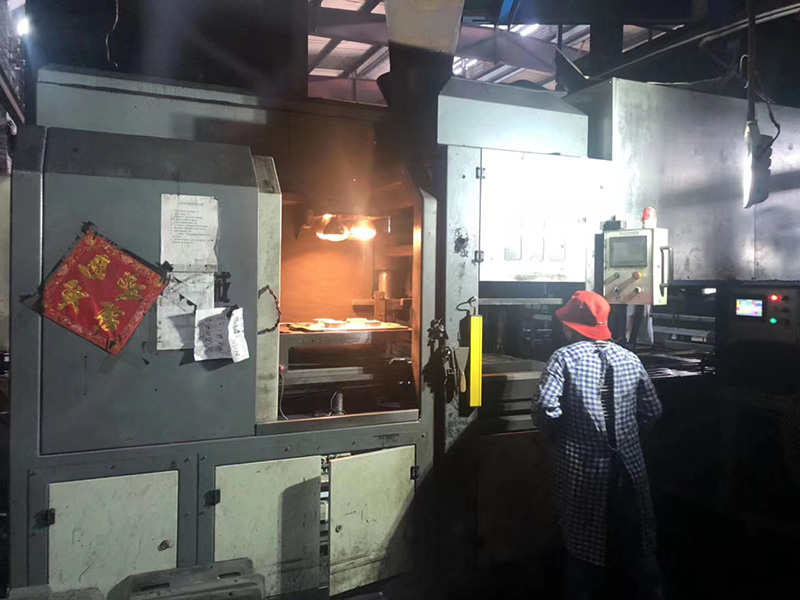sand casting is a common casting method that has the following advantages:
1. Low cost: Compared with other casting methods, the cost of sand casting is lower. Sand is a widely available and relatively cheap meterial, and the process of making sand is relatively simple, and does not require complex equipment and technology.
2. High design freedom: sand casting can flexibly manufacture castings of various shapes and sizes, which is suitable for the production of complex and irregular parts. The designer can adjust the shape, structure and parting method of the sand mold according to the demand to meet the requirements of various castings.
3. Good dimensional stability of castings: sand casting can eliminate shrinkage defects of castings to a certain extent. A sufficient shrinkage chamber is provide in the sand mold to accommodate the linear expansion of the casting during the cooling process, thus making the dimensional stability of the casting better.
4. Strong adaptability: sand casting is suitable for casting a variety of metals and alloys, including iron, steel, aluminum, copper and so on. Different types of sand can be selected according to the requirements of the casting to obtain better casting results.
The following points should be noted when casting sand mold:
1. Sand quality: sand needs to have a certain strength and heat resistance, can withstand the impact of liquid metal and temperature. The surface of the sand mold should be smooth, without cracks and defects to ensure the quality of the casting.
2. Pouring temperature: It is very important to control the pouring temperature liquid metal. Too high temperature will lead to sand burning, deformation or cracking; Too low a temperature can lead to incomplete filling and casting quality problems.
3. Casting speed can mode: Reasonable casting speed and mode can prevent the occurrence of defects such as pores and sand holes. Excessive casting speed in a short period of time should be avioded to fully the sand mold without introducing gas.
4. Pouring order: For complex casting, especially those with multipe gates, it is necessary to arrange the pouring order reasonably to ensure that the metal liquid is fully filled in all parts, and to aviod cold isolation adn segregation.
5. Cooling and treatment: casting need to be cooled and treated after pouring. Proper cooling time and method can avoid cracks and defromation caused by thermal stress, and improve the mechanical properties of castings.
In general, when casting sand mold, it is necessary to pay attention to control the quality of sand mold, pouring temperature, pouring speed and mode, pouring sequence and subsequent cooling and treatment process to obtain high-quality castings.
Post time: Oct-31-2023

